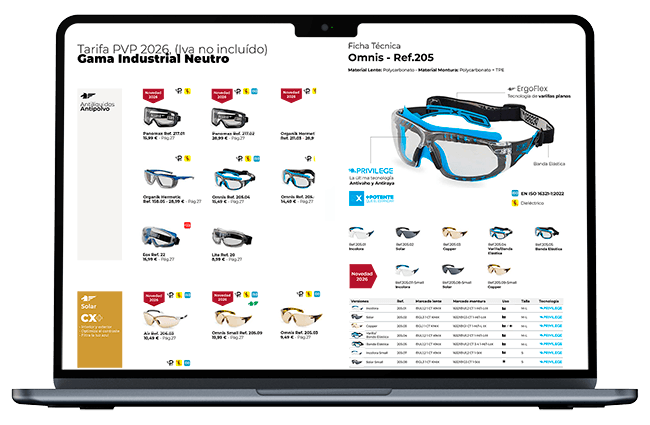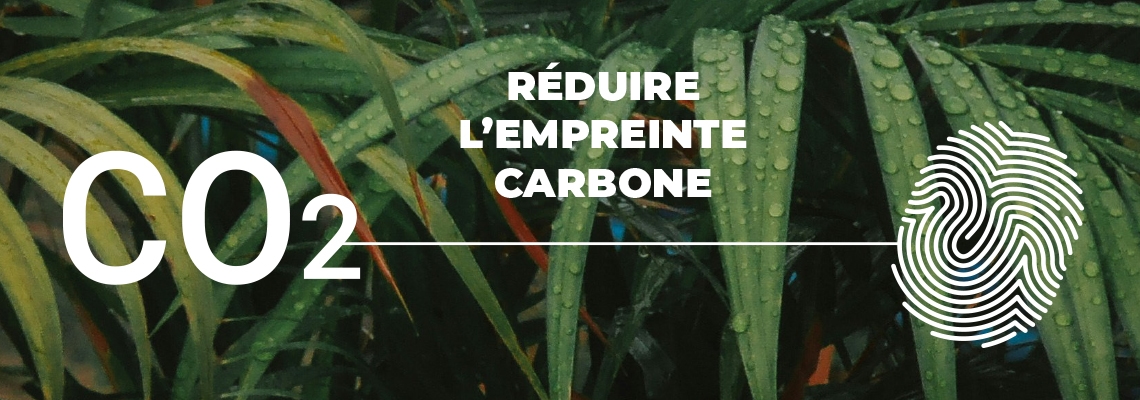Fabricantes en Protección Ocular para el Trabajo desde 1956
Pegaso Safety se ha consolidado como una marca líder en el mercado de Lentes de Protección Neutras y Graduadas, con un claro objetivo; garantizar la seguridad ocular de los trabajadores. Siempre enfocados en desarrollar productos con la última tecnología en lentes y garantizando 8 horas de máximo confort. Echa un vistazo a la amplia gama de gafas de trabajo: Neutras, Graduadas, Anti-impacto, Antivaho, Antirayas, Antipolvo, Antilíquidos, Solares para todos los sectores, Automoción, Construcción, Farmacéutico, Química, Alimentación, Minería, etc.

























